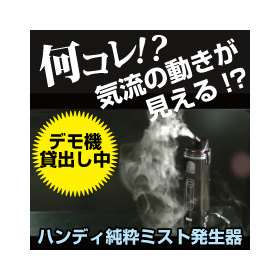Adaptive spectral reconstruction (ASR) is possible for the probabilistic reconstruction of broadband noise sources that can be initiated from steady-state CFD analysis.
This paper introduces a new method called Adaptive Spectral Reconstruction (ASR) for the probabilistic reconstruction of broadband noise sources, starting from steady-state CFD analysis. The method is applied to evaluate the noise radiated from a car side mirror model. The new method performs the reconstruction of the frequency components of the turbulent field (SNGR) and also executes the reconstruction of spatial cross-correlations (RPM), making it a sort of mixing of the two methods derived from SNGR and RPM. The turbulent field is reconstructed by the sum of convective plane waves, but two essential differences are introduced by SNGR. The first difference concerns the spatial variation of the parameters that define the waves. This variation depends on the wavelength of each wave and changes in relation to the correlation length of the CFD rather than remaining constant. The second innovative aspect is the use of a dedicated fully hexahedral adaptive mesh that is subdivided based on the expected local correlation length. This mesh is sufficiently refined to capture the relevant acoustic length scales.
Inquire About This Product
basic information
For more details, please contact us or download the catalog.
Price range
Delivery Time
Applications/Examples of results
For more details, please contact us or download the catalog.
catalog(2)
Download All CatalogsCompany information
Cadence Design Systems Japan Co., Ltd. is engaged in the development, sales, and support of electronic design tools from Cadence Design Systems in the United States, as well as design support services. We not only undertake customer designs but also provide feedback on challenges and know-how derived from our cutting-edge design experience to Cadence's R&D, enabling the development of new design methods and tools. Additionally, the development and sales of various IPs, which are key to improving design efficiency, are also one of our important activities. Furthermore, we offer a wide range of solutions, from intensive support for the early implementation of newly introduced tools to analyzing customers' current design methods, identifying issues, proposing solutions, and actually building new design methods and environments.













